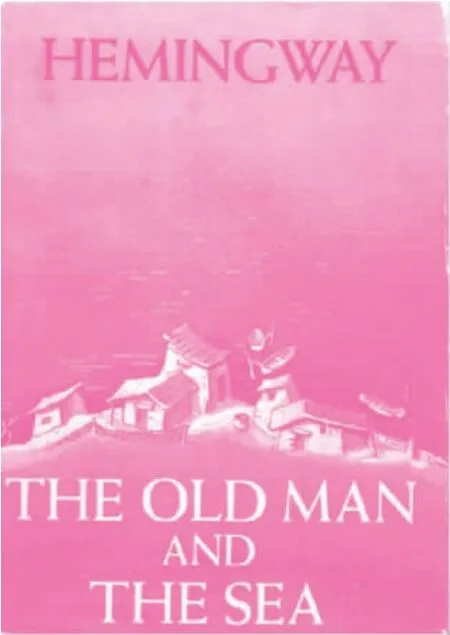Book review:The Old Man and the Sea
2020-06-06JamesTopham
James Topham

The Old Man and the Sea was a big success for Ernest Hemingway when it was published in 1952. At first glance, the story appears to be a simple tale of an old Cuban fisherman who catches an enormous fish,only to lose it. There's much more to the story—a tale of bravery and heroism, of one man's struggle against his own doubts, the elements, a massive fish, sharks and even his desire to give up.
The old man eventually succeeds, then fails, and then wins again.It's the story of perseverance and the machismo (男子气概) of the old man against the elements. This slim novella (中篇小说)—it's only 127 pages—helped to revive Hemingway's reputation as a writer, winning him great acclaim, including the Nobel Prize for literature.
Overview
Santiago is an old man and a fisherman who has gone for months without catching a fish. Many are starting to doubt his abilities as an angler. Even his apprentice, Manolin, has abandoned him and gone to work for a more prosperous boat. The old man sets out to the open sea one day—off the Florida coast—and goes a little farther out than he normally would in his desperation to catch a fish.Sure enough, at noon, a big marlin (马林鱼) takes hold of one of the lines, but the fish is far too big for Santiago to handle.
To avoid letting the fish escape, Santiago lets the line go slack (松弛的) so that the fish won't break his pole; but he and his boat are dragged out to sea for three days. A kind of kinship (亲切感)and honor develop between the fish and the man. Finally, the fish—an enormous and worthy opponent—grows tired, and Santiago kills it. This victory does not end Santiago's journey; he is still far out to sea. Santiago has to drag the marlin behind the boat, and the blood from the dead fish attracts sharks.
Santiago does his best to fend off (防御) the sharks, but his efforts are in vain.The sharks eat the flesh of the marlin, and Santiago is left with only the bones. Santiago gets back to shore—weary and tired—with nothing to show for his pains but the skeletal remains of a large marlin. Even with just the bare remains of the fish, the experience has changed him and altered the perception others have of him. Manolin wakes the old man the morning after his return and suggests that they once again fish together.
Life and death
During his struggle to catch the fish, Santiago holds onto the rope—even though he is cut and bruised (擦伤) by it, even though he wants to sleep and eat. He holds onto the rope as though his life depends on it. In these scenes of struggle, Hemingway brings to the fore the power and masculinity of a simple man in a simple habitat. He demonstrates how heroism is possible even in the most seemingly mundane (平凡的)circumstances.
Hemingway's novella shows how death can encourage life, how killing and death can bring a man to an understanding of his own mortality—and his own power to overcome it. Hemingway wrote a time when fishing was not merely a business or a sport.Instead, fishing was an expression of humankind in its natural state—in tune with nature. Enormous stamina (耐力) and power arose in the breast of Santiago. The simple fisherman became a classical hero in his epic struggle.
